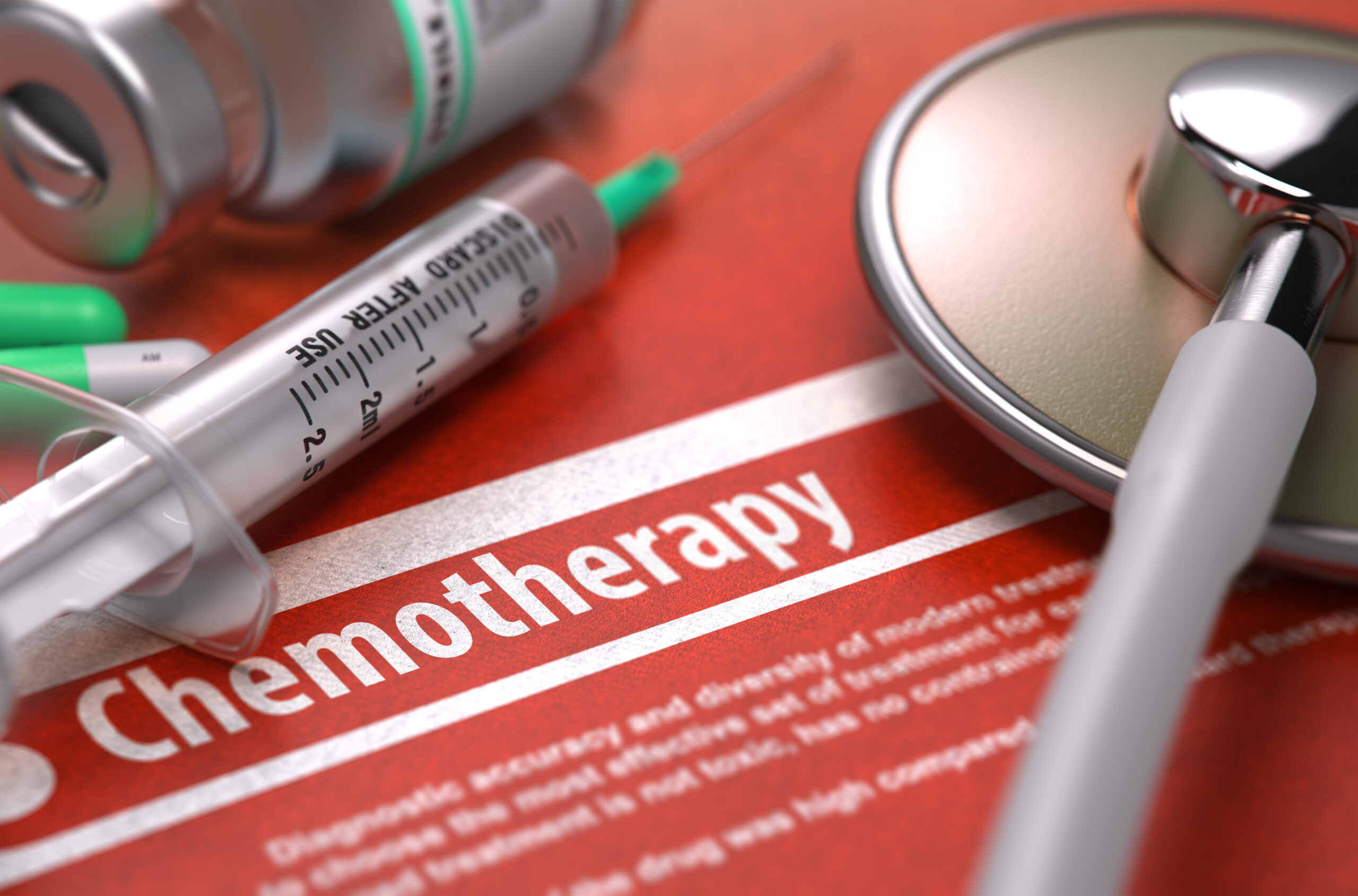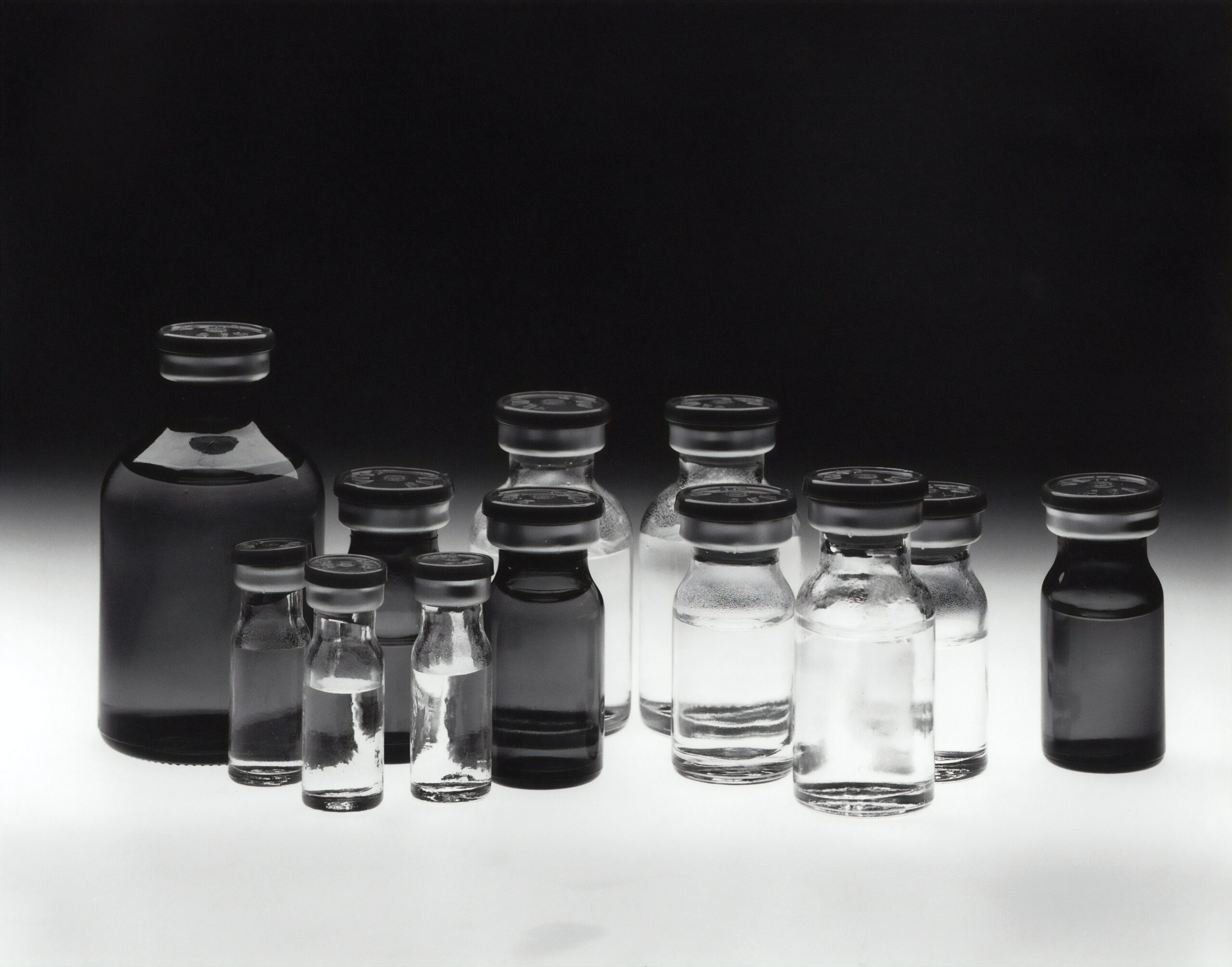Glove Intelligent Assistant
04.17.2023

The previous blog articles have discussed different industries and glove materials suitable for each working environment. This theme continues this week as our blog will discuss glove usage in the chemotherapy treatment sphere.
Nitrile gloves are the recommended type of glove for handling chemotherapy drugs. Nitrile is a synthetic material highly resistant to chemicals, including chemotherapy drugs. Unlike latex gloves, nitrile gloves do not contain natural rubber proteins that can cause allergic reactions in some individuals. Vinyl is considered inappropriate for handling chemotherapy drugs because of its increased permeability.
It is important to note that not all nitrile gloves are suitable for handling chemotherapy drugs. Look for gloves specifically labeled as chemotherapy gloves or have been tested and approved for use with chemotherapy drugs. SW gloves have been tested to ensure they provide an adequate barrier against chemotherapy drugs and can withstand harsh chemicals without breaking down or deteriorating. However, before we expand on the superior quality of SW exam grade gloves, this week’s article will detail current statistics and information on chemotherapy treatments in the medical industry.

To give an overview of chemotherapy drugs, this is a general term to describe various chemicals used to treat cancer. These chemicals are used to target cancer cells, which have a faster life cycle than healthy cells in the body. Chemotherapy drugs are usually grouped by how they affect the cell cycle, their chemical structure, and their reactions to other chemicals used for chemotherapy treatment. There are various groups: alkalizing agents, nitrosoureas, antimetabolites, anti-tumor antibiotics, topoisomerase inhibitors, mitotic inhibitors, and corticosteroids.
Chemicals from the alkalizing agent’s group damage the cell’s DNA to prevent the cell from replicating itself. Specific chemicals of this group include Cisplatin, Cyclophosphamide, and Oxaliplatin. Nitrosoureas chemicals are a subgroup of alkalizing agents but are specialized in penetrating the blood barrier to the brain. Common chemicals include Carmustine and Lomustine used in treating brain tumors.
Antimetabolites are chemicals that interfere with a cell’s RNA and DNA, replacing them so a cell cannot replicate. Common antimetabolites are Azacitidine, Fluorouracil, and Cytarabine. Then there are anti-tumor antibiotics or anthracyclines, which change the DNA inside the cancer cell to keep the cell from replicating. Doxorubicin and Epirubicin fall within this group. The major concern is that anti-tumor antibiotics can damage the heart if given in high doses. Topoisomerase inhibitors, like Irinotecan and Topotecan, block the enzymes that break and reconnect DNA strands. This process prevents cell growth and replication.
Mitotic inhibitors are derived from plants, also known as plant alkaloids, which stop cells from dividing. Vincristine and Docetaxel are examples of mitotic inhibitors. They can cause nerve damage, so they are also given in limited amounts. The last major group is corticosteroids, commonly known as steroids. Steroids like Prednisone or Dexamethasone are used to quell the side effects of other chemotherapy drugs, such as nausea, vomiting, or allergic reactions.
Since cancer is such an invasive disease, chemotherapy drugs end up being extremely toxic to one’s body. The drugs don’t just target cancer cells but they can target healthy cells as well. The same drugs that kill cancer cells will kill or slow the growth of healthy cells that grow and divide too. The effects of these strong chemicals affect not only the patients receiving chemotherapy treatments, but also the health care professionals administering these treatments.
Exposure happens when health care professionals inhale vapors, touch contaminated surfaces, or chemicals can permeate through their PPE (personal protective equipment). In 2011, an estimated 8 million healthcare workers were potentially exposed to hazardous drugs or drug waste at their worksites in the United States (BLS 2011). The Rogel Cancer Center found that nurses who reported handling chemotherapy drugs had twice the risk of reproductive problems. These side effects have been well documented, with various studies spanning from the 1990s (Skov T et al 1992 and Valanis BG et al 1993). Other side effects include developing leukemia or other cancers. Less acute symptoms include skin irritation, nausea, or vomiting.
It is imperative to have proper PPE to minimize the unintended permeation of chemotherapy drugs. Choose gloves that fit well and provide adequate dexterity to perform tasks effectively. Gloves that are too loose or too tight can compromise protection and make it difficult to perform tasks accurately. It is recommended to use gloves that are powder-free to minimize the risk of contamination.

SW’s nitrile gloves are an excellent choice for this application being powder free and tested according to the American Society of Testing and Materials’ (ASTM) D6978 Standard Practice for Assessment of Resistance of Medical Gloves to Permeation by Chemotherapy Drugs. In addition, SW’s gloves all have FDA 510K clearance and are UL NFPA 1999 certified. These third body certifications verify that SW gloves are of the highest quality when it comes to personal protective equipment.